Mold is a silent invader that thrives in damp, humid conditions, often hidden from sight.
But how do you tackle this unwelcome guest?
The answer lies in mold remediation. This process not only removes visible mold but addresses the root cause of the problem.
In this guide, we’ll delve into the world of mold remediation. We’ll explore its importance, the risks of ignoring mold, and how to identify it in your home.
We’ll also discuss the difference between mold removal and mold remediation, and when it’s safe to handle mold issues yourself.
Finally, we’ll highlight the benefits of professional mold damage restoration services and how to choose a reputable company. Protect your home now with our ultimate guide to mold remediation.
Understanding Mold and Its Risks
Mold, a fungus, grows indoors when conditions are just right. It loves moisture and can flourish on various materials like wood and drywall.
Mold in your home is more than just unsightly. It poses significant risks to both your property and health.
The risks include structural damage and health issues ranging from allergies to severe respiratory problems. Understanding these risks is crucial to taking prompt action.
Mold grows rapidly, so early detection and remediation are key to preventing widespread damage. Mold inspection is a crucial first step, helping to identify the issue’s extent.
After identifying mold, address it quickly to keep your living space safe and healthy.
Health Risks Associated with Mold
Mold exposure can have several health implications. Mold spores can trigger allergic reactions and worsen asthma. Symptoms include sneezing, itching, and wheezing.
For those with compromised immune systems, mold exposure can lead to severe infections. Certain types of mold can produce mycotoxins, causing more significant health problems.
Being aware of these risks emphasizes the importance of immediate action. Addressing mold issues promptly can protect you and your family’s health.
Identifying Mold in Your Home
Mold typically signals its presence with a musty odor. Visible signs include discolored patches on walls, ceilings, or floors.
Sometimes, mold remains hidden behind walls or under carpets. In such cases, a professional mold inspection can help uncover the problem.
The Mold Remediation Process

The mold remediation process is a multi-step approach that involves inspecting, containing, removing, and cleaning the affected areas.
The goal is to remove existing mold and prevent future growth. Addressing the root cause, like moisture intrusion, is essential.
Homeowners often underestimate the complexity of mold remediation. Professionals use specialized equipment and knowledge to ensure thorough treatment.
A structured plan and clear communication are key in any mold remediation project. Documentation helps to track progress and ensure complete removal.
Proper protective gear is crucial during the process. It safeguards professionals from potential health hazards posed by mold exposure.
Using HEPA filters and air scrubbers helps manage airborne spores. These tools capture tiny mold particles, preventing further contamination.
Addressing mold issues promptly can save time, money, and health risks. Professionals are trained to handle mold remediation efficiently and safely.
The involvement of professionals assures you of compliance with safety and environmental regulations. This reduces the risk of improper handling and legal ramifications.
Inspection and Assessment
The first step in the mold remediation process is inspection and assessment. This phase involves identifying the extent and location of mold growth.
A thorough inspection often utilizes tools like moisture meters and thermal imaging. These tools help detect hidden mold that may not be visible.
Once identified, the extent of mold damage is assessed. This information guides the development of a comprehensive remediation plan.
Containment and Prevention
Containment is crucial to prevent mold from spreading to unaffected areas. During this phase, professionals seal off affected sections using plastic sheeting and sealants.
Negative air chambers and HEPA filters are often employed. They help to control the airflow and minimize airborne spore dispersion.
Preventing future growth involves addressing the moisture source. This might include fixing leaks or improving ventilation systems.
Removal and Cleanup
With containment secured, the next step is mold removal and cleanup. This involves physically removing mold from surfaces and areas where it’s colonized.
Professionals use antimicrobial treatments to disinfect surfaces. These treatments kill remaining mold spores and prevent future outbreaks.
After removal, clean thoroughly. This includes vacuuming the area with HEPA vacuums to pick up loose spores.
Mold Removal vs. Mold Remediation: What’s the Difference?
Mold removal and mold remediation are often used interchangeably, but they represent different approaches. Mold removal refers to the physical extraction of mold spores from affected areas.
In contrast, mold remediation encompasses a broader process. It not only involves removing the mold but also addresses the conditions leading to the mold’s growth.
Remediation is a comprehensive approach aimed at returning levels to natural parameters. This ensures a safer, healthier environment by preventing future growth.
Mold removal is part of the remediation process, yet does not solve underlying issues. Without fixing moisture problems, mold is likely to return.
Employing professional mold remediation services can provide complete treatment. Experts focus on the root causes and create strategies to prevent recurrence, distinguishing remediation from simple removal.
DIY Mold Remediation: When Is It Safe?
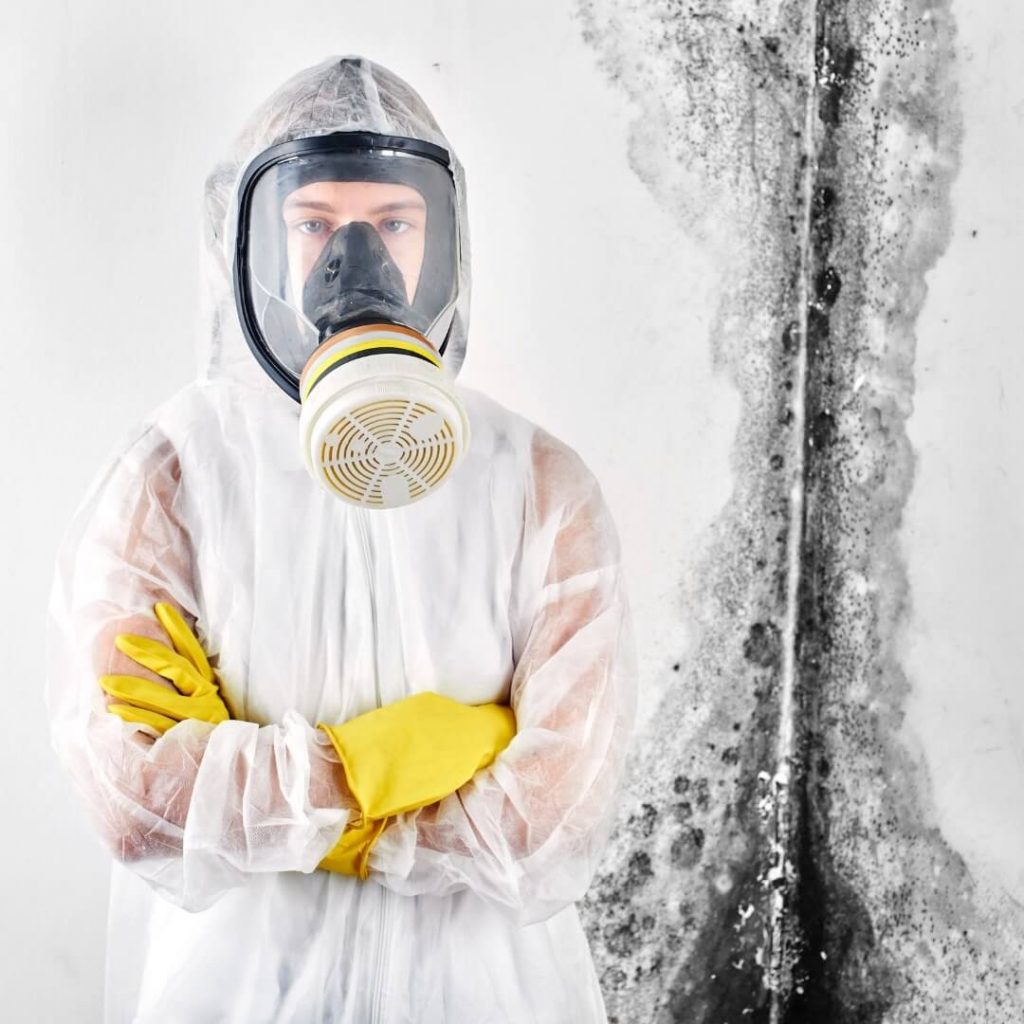
Deciding to tackle mold remediation yourself depends on the extent of the infestation. Small, localized mold patches, typically those smaller than 10 square feet, can often be managed by homeowners.
However, when you encounter larger or multiple areas with mold, professional intervention is advisable. You should also consider professional help if mold is within HVAC systems or hidden spaces.
DIY projects are best suited for minor mold growth. When visible mold can be seen in accessible places, homeowners might opt for a hands-on approach.
Inadequate handling of mold can lead to further issues. Cross-contamination is a risk if mold spores aren’t contained properly.
For larger areas or persistent mold problems, calling a professional ensures safety and thoroughness.
Safety Precautions and Equipment
Proper safety is essential during DIY mold remediation. Always wear protective gear, including masks and gloves, to prevent exposure.
Ensure good ventilation in the work area to reduce inhalation of mold spores.
Steps for DIY Mold Remediation
Approaching a DIY remediation project involves careful planning and execution. Here are the key steps:
- Identify the Mold: Confirm the presence and extent of the mold.
- Gear Up: Use safety equipment such as gloves, goggles, and a mask.
- Contain the Area: Seal off the workspace to prevent mold spread.
Next, proceed with cleaning using suitable solutions. Use a scrub brush for hard surfaces affected by mold.
Finally, dispose of contaminated materials properly. Bag them securely to avoid spreading spores.
The Importance of Professional Mold Remediation Services
Engaging professional mold remediation services is crucial when facing significant mold issues. Professionals have the knowledge and tools necessary to manage severe infestations effectively.
They can assess the situation thoroughly, identifying hidden mold that might not be visible to the untrained eye. This ensures that the problem is completely addressed, preventing future growth.
Professional services offer safe and complete mold removal. They follow standardized procedures using specialized equipment such as HEPA filters and air scrubbers.
Their expertise minimizes the risk of cross-contamination. Proper containment during the remediation process protects the rest of your home.
Moreover, experts address the root causes of mold, such as moisture issues, ensuring long-term solutions. This helps maintain the structural integrity of your home.
Hiring professionals provides peace of mind. You can trust that your living environment is healthy and mold-free.
Preventing Future Mold Growth in Your Home
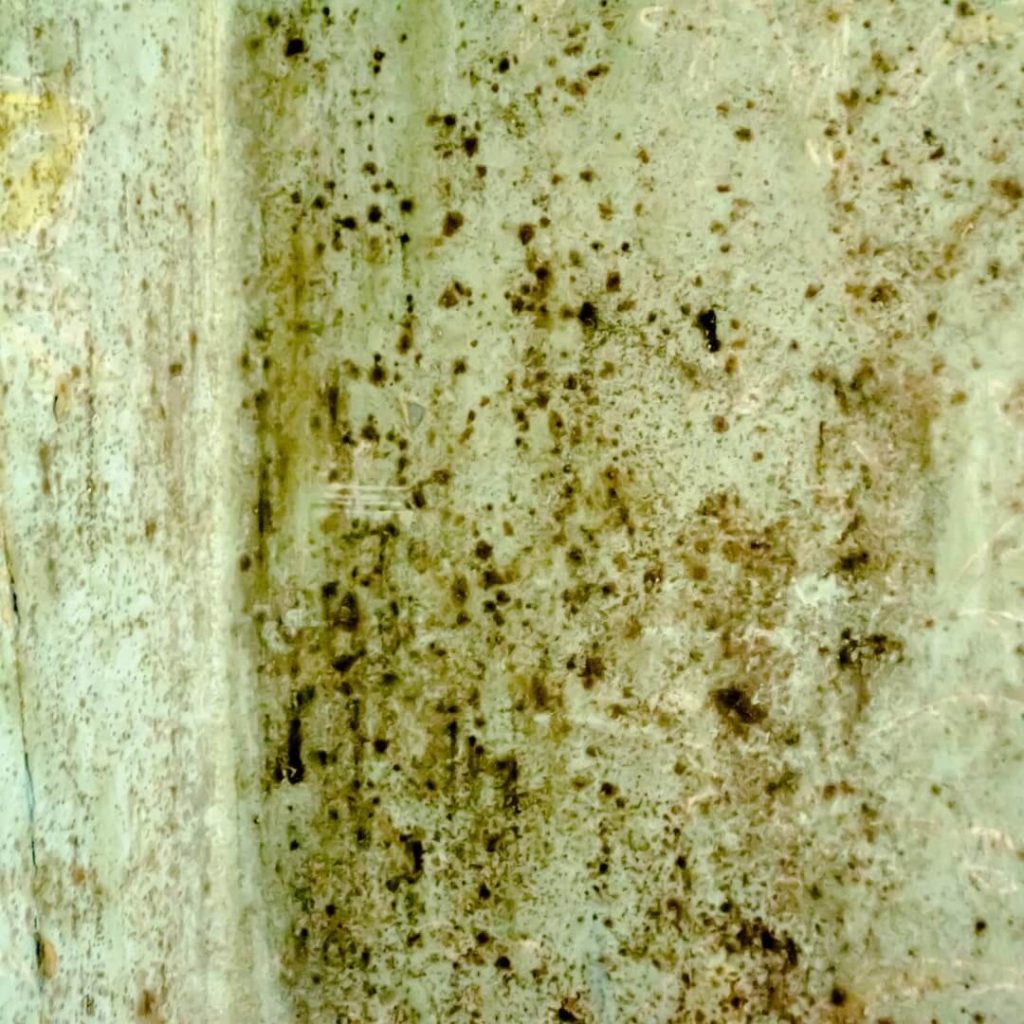
Preventing mold growth is essential for maintaining a healthy home environment. Mold thrives in damp conditions, so controlling moisture is key.
Regularly inspect your home for leaks or signs of water damage. Fixing these issues promptly can prevent mold from taking hold.
It’s also important to maintain proper ventilation, especially in moisture-prone areas like bathrooms and kitchens. Good airflow reduces humidity levels.
Consider using dehumidifiers in particularly damp rooms. They help to keep humidity levels in check and create an inhospitable environment for mold.
Implementing a preventative strategy is more effective than dealing with mold issues later. Take these measures to protect your property and health.
Regular Maintenance and Monitoring
Regular maintenance is a proactive way to prevent mold. Keep an eye on humidity levels and address any fluctuations quickly.
Inspect your home regularly for leaks or water stains. Early detection is crucial in preventing mold proliferation.
Maintain air conditioning systems and clean filters often. This not only prevents mold but also improves indoor air quality.
Mold-Resistant Materials and Practices
Using mold-resistant materials can greatly reduce mold risks. These materials are designed to withstand moisture and inhibit mold growth.
During renovations, consider using mold-resistant drywall in areas prone to dampness. This can be a worthwhile investment for long-term protection.
By combining regular maintenance with these materials and practices, you can create a comprehensive approach to mold prevention.
Protecting Your Home and Health
Mold remediation is essential for a safe home and health. It requires both preventative measures and timely action.
Ignoring mold can lead to severe issues, from structural damage to health problems. Addressing mold problems promptly can save money and stress.
Invest in mold prevention and professional remediation when needed. Your home is a sanctuary, and maintaining its safety is paramount.
For expert mold remediation services in Ridgewood, contact PuroClean of Ridgewood today!
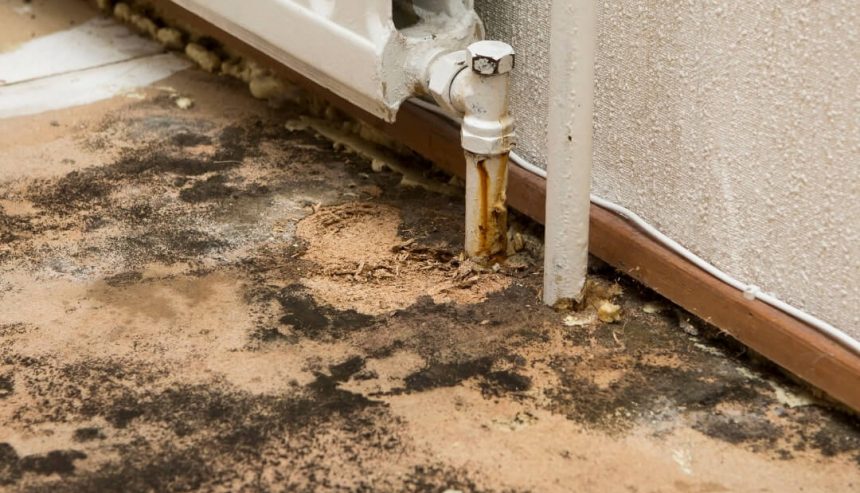

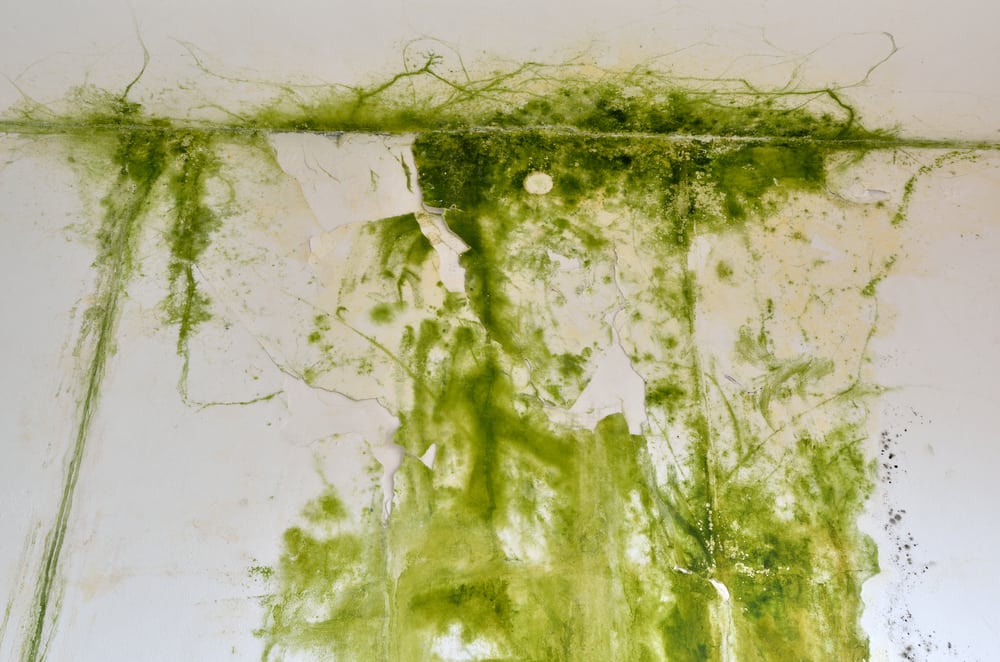
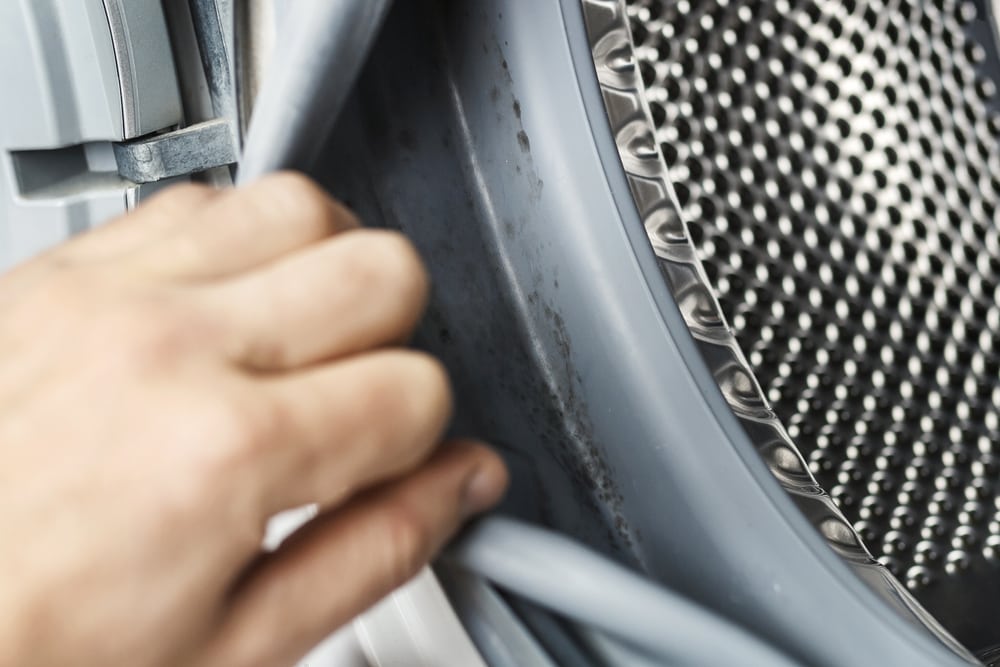
 PuroClean of Ridgewood
PuroClean of Ridgewood